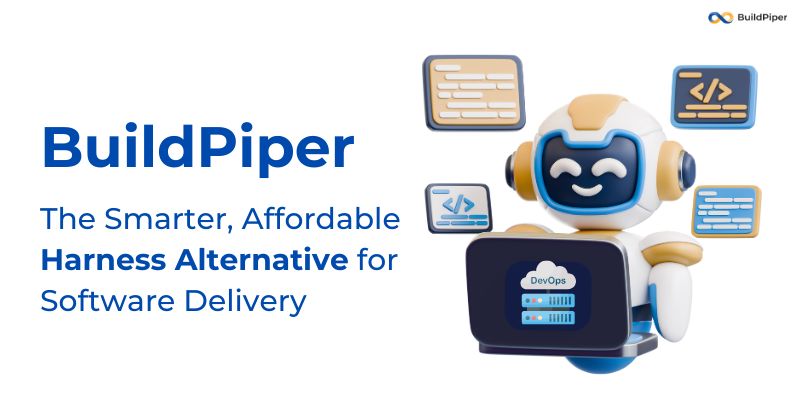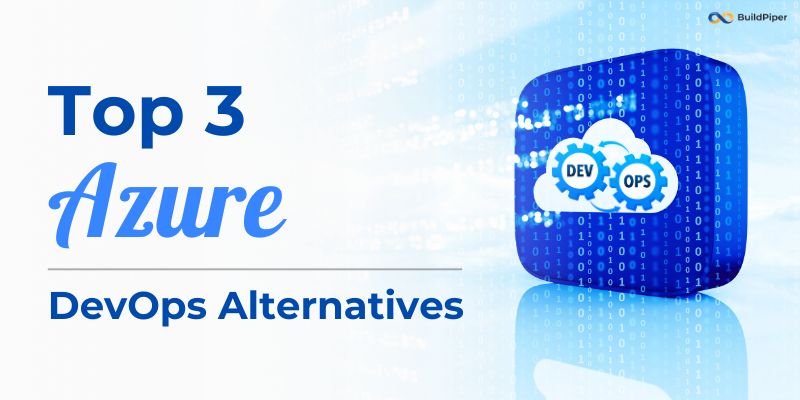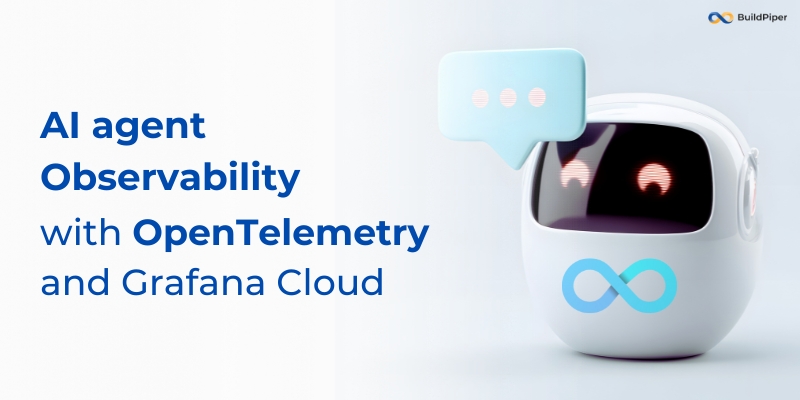Problem Statement
The client’s legacy application presented challenges in scaling and efficiently managing deployments for multiple customers. Traditional server-based infrastructure required manual configuration, hindering agility and increasing onboarding time.
Challenges
Within a tight 3-month timeframe, we needed to migrate a monolithic product to microservices-based architecture.
Needed to ensure consistency while deploying the SaaS product to multiple customer environments.
A multi-environment setup was required to enhance the development process cost-effectively.
Infrastructure provisioning needed to be upgraded with Infrastructure as Code (IaC) for automation.
To ensure data privacy and security for each client, the deployment model needed to be changed from multi-tenant to individual tenants within Kubernetes.
Set up a centralized monitoring and logging solution for visualizing various resources in one place.
Needed to set up CI/CD pipelines for automated deployments across environments with approval-based gates for faster time-to-market for new features.
Implement a secure solution for managing secrets in the EKS cluster.
Solutions
To establish a secure and scalable foundation for multi-client deployments, our experts Dockerized the application, eliminating hard-coded secrets and containerizing key components.
We implemented a hybrid cloud strategy to achieve cost efficiency. Our experts migrated lower environments to E2E Cloud while leveraging AWS Cloud for higher environments.
We utilized AWS Control Tower and Terraform to set up a centralized logging and auditing framework for a secure, multi-tenant Kubernetes environment.
To gain centralized visibility across all environments in our multi-customer SaaS deployment, we implemented Grafana and Kibana as monitoring and logging solutions respectively.
BuildPiper, our DevOps native platform, automated deployments, and accelerated customer onboarding. Its BPCTL tool rapidly integrated microservices, enabling faster SaaS adoption.
Finally, to ensure adherence to compliance regulations and manage secrets within the EKS cluster, our experts implemented Hashicorp Vault.
To shift to individualized deployments in Kubernetes, our experts implemented multiple strategies including:
- Creating a namespace in isolation for each client, separating client and server deployments.
- Refactoring migration scripts into Kubernetes jobs for better management.
- Orchestrating customer-specific cron jobs using Helm for automated task management.
Outcomes
Lowered Troubleshooting Time & Reduced Complexities.
50% Reduction in Infrastructure Costs.
Enhanced GitOps for Seamless CI/CD.
Complete Transformation of Monolithic Applications to Microservices.
Up to 80% Faster Onboarding for New Customers.















